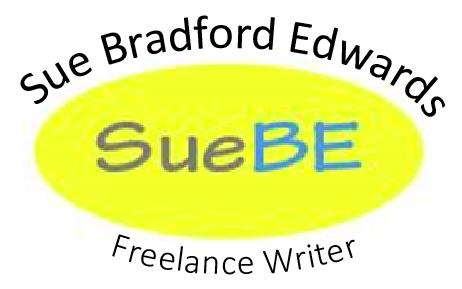One of my writing friends has been working on an early reader so we were talking about the Mr. Putter and Tabby books. As a result, I ended up checking out several from my local library. It was great to revisit these old friends. I found myself laughing aloud at SPIN THE YARN.
As much as I love these books, critique was tricky. The problem is that most writers are at least vaguely familiar with picture book conventions but we are clueless when it comes to early readers. Unfortunately, you need to know about a type of book before you can critique a manuscript.
Here are a few ways that early readers and picture books compare.
Illustration
Both early readers and picture books are fully illustrated. In a picture book, the illustrations expand on the text. This is one of the reasons that you leave many of the visual details out of a picture book manuscript. They can be provided by the illustrator. Additionally, the illustrations can add a whole dimension to the text.
In an early reader, the pictures provide many visual details. But the point isn’t to add to the story. The point is to help new readers decipher the text. That’s actual the entire point behind these books. Telling stories that new readers can access on their own.
a little If you aren’t familiar with early readers, these are the books for brand new readers. They are easier to read than picture books but offer the reward of chapters and a smaller “big kid” format.
Repetition
Because of this, there is a certain amount of repetition in an early reader. Not only do you try to reuse words, you often restate ideas. Here is one example from SPIN THE YARN.
“Sometimes Mr. Putter
was not sure if he
was a good neighbor.
All he did was eat Mrs. Teaberry’s food.
“All I do is eat Mrs. Teaberry’s food,”
Mr. Putter told Tabby one day.
“I should do something nice for her.”
The same basic idea around eating her food it stated twice on one page. In a picture book, you would cut one of them to preserve your precious word count. Not so in an early reader.
Formatting
How a manuscript is formatted varies from picture book to early reader. In a picture book, you format it in standard paragraphs much like the ones you see here on my blog.
In an early reader, you break things into easy-to-handle phrases. When you are accustomed to looking at standard paragraphs, it looks strange. But this is how it is done in the early reader.
Dialogue is also punctuated a bit differently. Here is an example from CLEAR THE DECKS.
“No, no,” said Mr. Putter. “We are bored.
It is hot, the days are long,
and we have no orangesicles.”
The temptation here would be to add opening quotes again before It is hot… Resist! This is not punctuated like multiple paragraphs of dialogue by one speaker.
Early readers have their own conventions. They may look a little strange to those of us used to submitting in other formats but as always, the key it to submit your work the way the editor wants to receive it.
–SueBE

